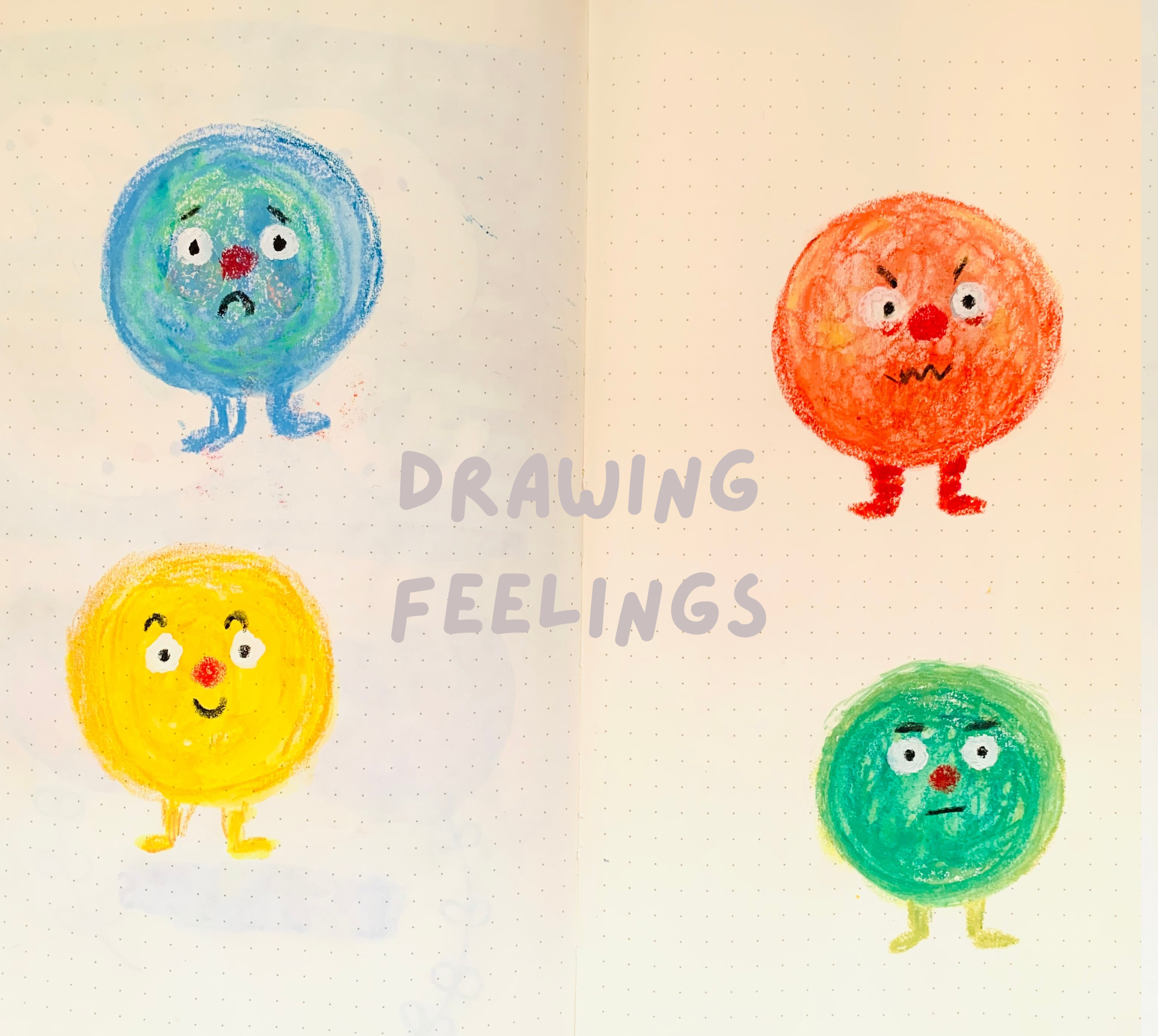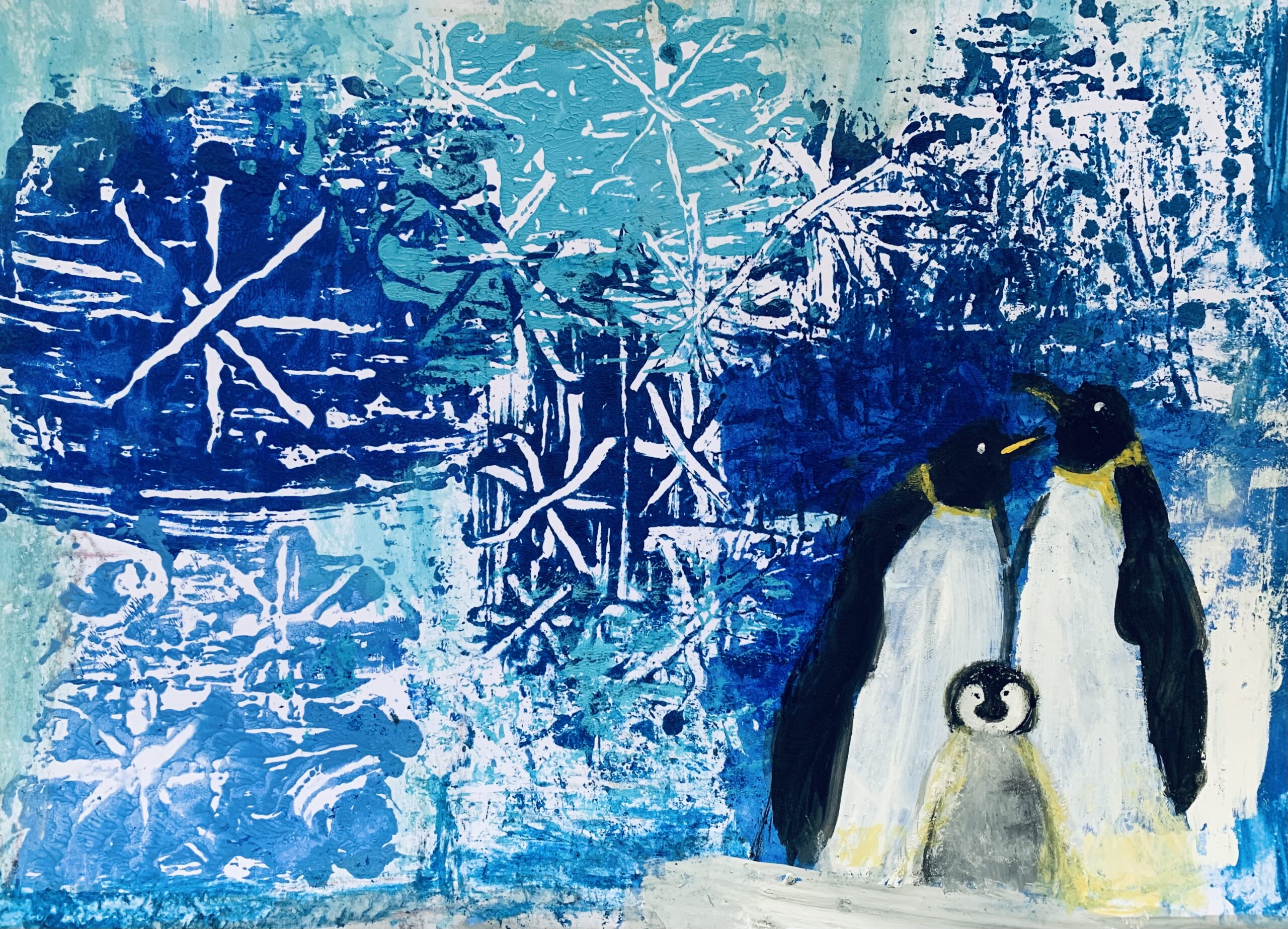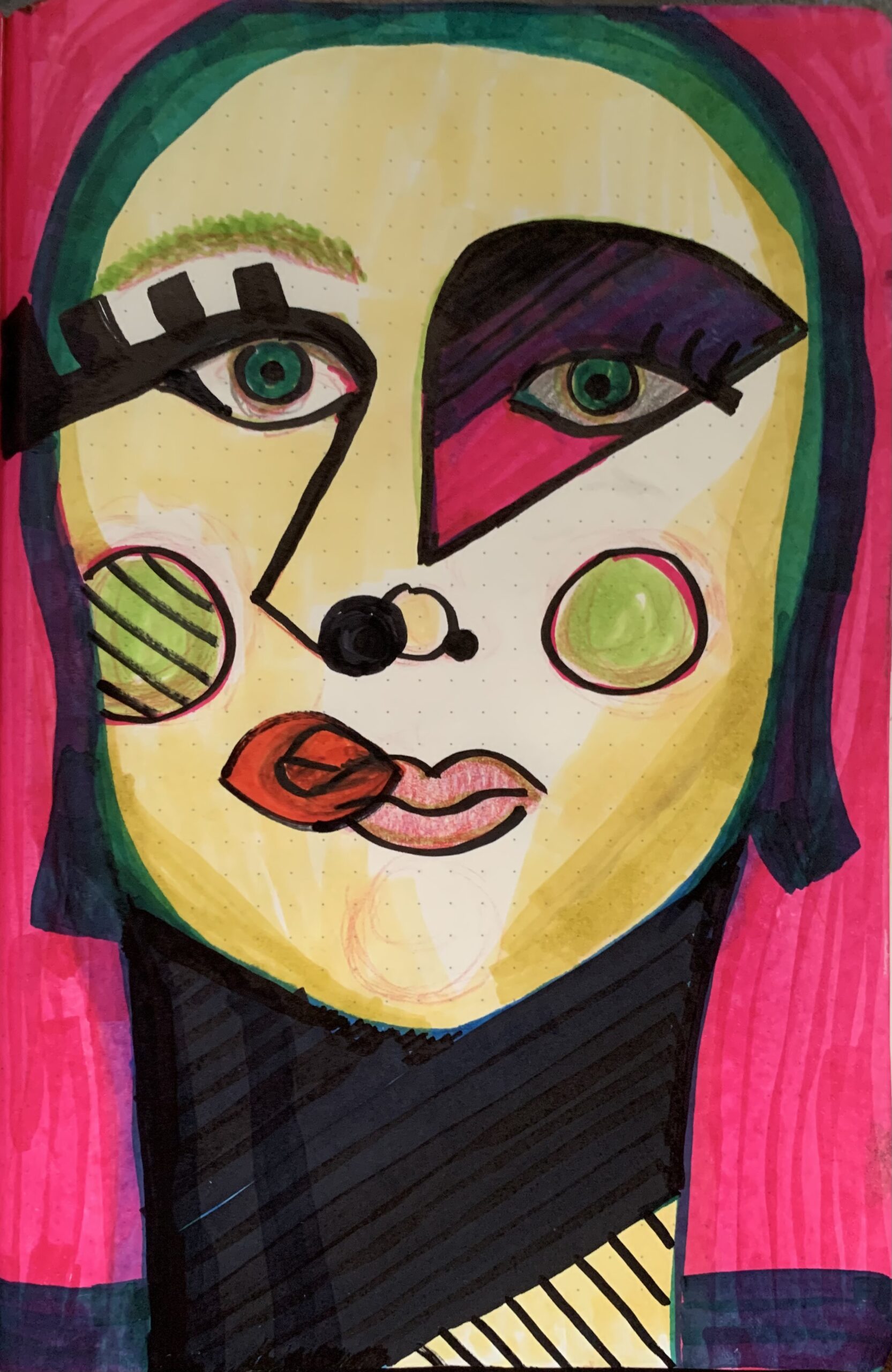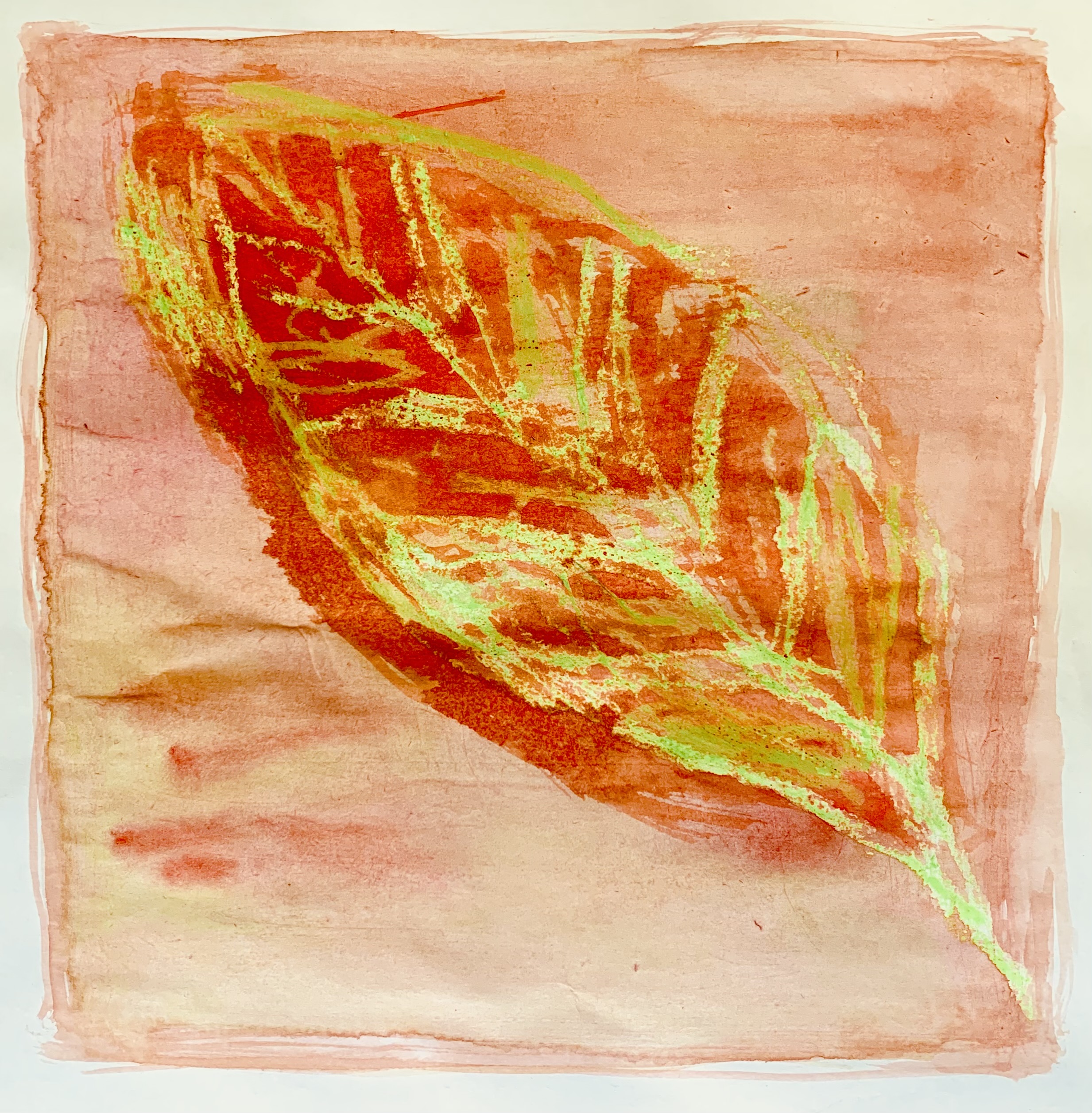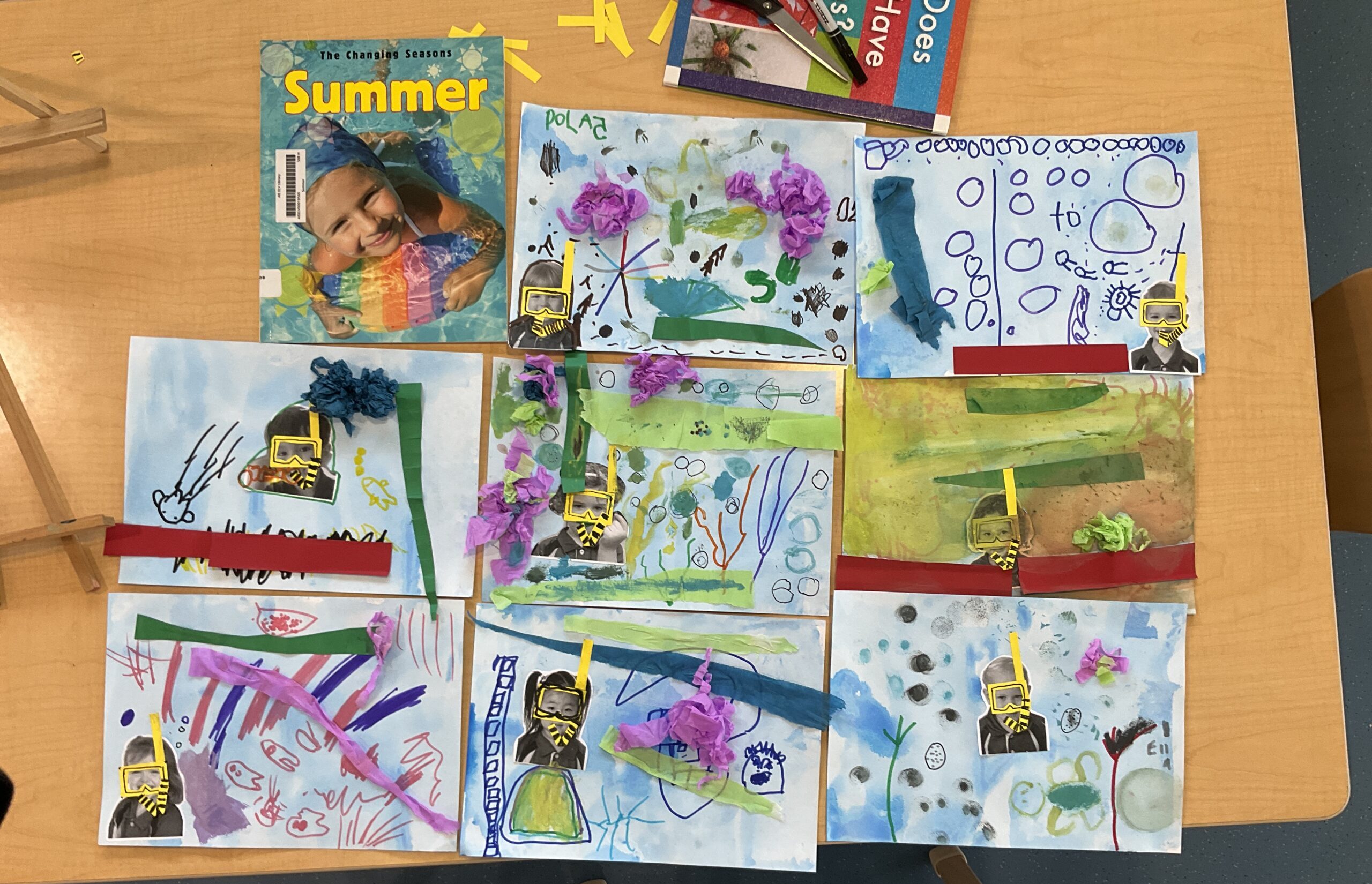Understanding Feelings
Art has always been a way for people to express themselves. For young children, drawing can be a magical way to show what they’re feeling when words are hard to find. Whether they’re happy, sad, angry, or excited, children often have an easier time showing their emotions through pictures than they do through speech. Let’s explore how drawing feelings can help children express their emotions, understand them better, and even feel more in control of how they’re feeling.
Why Drawing Emotions is Important
Children experience many emotions, but they might not always have the language to describe them. By drawing, children can give life to what they’re feeling inside. A simple line or splash of color can express joy, fear, frustration, or calm. This process can be especially important for kids who might struggle to verbalize their emotions. Drawing feelings can also give parents, teachers, and caregivers a window into what’s going on inside their child’s mind.
The Power of Colors
Colors are often the first thing children use when drawing their emotions. Each color can represent a different feeling:
- Red might show anger or excitement.
- Blue could reflect sadness or calmness.
- Yellow can represent happiness and sunshine.
- Green might indicate calmness or jealousy.
Encourage your child to experiment with colors in their drawings and talk about what the colors might mean. This gives them a tool to understand and communicate their emotions better.
Simple Activities to Draw Feelings
If you want to guide your child in drawing their emotions, here are a few simple activities you can try:
- Emotion Faces: Draw different faces showing various emotions—happy, sad, mad, surprised. Ask your child to color or add details to these faces, explaining what each one feels like.
- Feelings Tree: Draw a tree and ask your child to decorate the leaves with different colors or shapes that represent their feelings. For example, a red leaf could stand for anger, and a yellow one for happiness. Discuss how the tree can change depending on how they feel.
- Draw Your Day: After a busy day, encourage your child to draw how they feel about it. Was it a fun day at school? A day filled with challenges? This activity helps them reflect on their emotions and understand the connection between their feelings and experiences.
- Feelings Monster: Ask your child to draw a monster that shows how they’re feeling right now. Maybe it has big, wild eyes if they’re scared, or a big smile if they’re excited. This playful approach can make talking about feelings fun and less intimidating.
Benefits of Drawing Emotions
- Self-Expression: Drawing gives children an outlet for their feelings, helping them understand and express what’s going on inside.
- Emotional Awareness: When children draw their emotions, they become more aware of how they’re feeling, which is an important step in emotional development.
- Problem-Solving Skills: As children begin to communicate their feelings through art, they can also work through how to deal with those feelings. For example, drawing their anger might help them find ways to calm down.
- Connection: For caregivers, teachers, and parents, seeing the pictures your child draws about their emotions can create a meaningful connection. It opens up conversations about what your child might need, whether it’s comfort, understanding, or encouragement.
Let the Imagination Flow
When children draw feelings, they don’t need to worry about perfection. Art is about expression, not about making something that looks “perfect” or realistic. Encourage creativity—let them use wavy lines to show excitement, swirls to show calmness, or jagged shapes to represent anger. The possibilities are endless, and each child will have their own unique way of showing their emotions through their artwork.
Final Thoughts
Drawing feelings is a fun, easy, and meaningful way for children to explore their emotions. Whether they’re using bright colors to represent happiness or creating doodles that help them express sadness, art gives them the power to communicate their feelings without the need for words. So, next time your child is feeling something big, encourage them to grab a crayon, pencil, or paintbrush and start drawing what’s in their heart. Who knows? They might just surprise you with how much their artwork can reveal!
Statement Of Inquiry
Exploring and representing emotions through art can help individuals better understand themselves and others by expressing complex feelings in simple visual forms.
Related Concept:
- Expression: How we can use art to express internal feelings visually.
- Emotion: A key aspect of human experience that can be represented in art through facial expressions and colors.
Global Context:
- Personal and Cultural Expression: Art is a universal language that communicates individual and shared experiences. In this lesson, students will explore how emotions are universally felt but also culturally expressed through art.
Activity:
- Objective: Students will use crayons to create four drawings that express different emotions: Happy, Sad, Angry, and Shy. The focus will be on changing the facial features (eyebrows and mouth) to convey the emotion, and the color palette should reflect the emotion.
- Instructions:
- Each student will create a simple face for each of the four emotions. The drawings will focus on the eyebrows and mouth as the key indicators of emotion.
- Happy: Curved, upward mouth with raised eyebrows. Use yellow or bright colors to reflect joy and warmth.
- Sad: Downward, curved mouth with furrowed or slanted eyebrows. Use blue or cool tones to evoke a sense of sadness or sorrow.
- Angry: A straight or downturned mouth with furrowed, sharp eyebrows. Red and orange tones can represent the intensity of anger.
- Shy: A subtle, slightly curved mouth and slightly raised eyebrows, with eyes that might look down or away. Light pastel colors like soft pink or lavender can express this feeling.
- Step-by-Step:
- Start by drawing a simple oval shape for the face.
- Draw the eyebrows and mouth to match each emotion.
- Color the face using crayons, making sure to choose colors that match the emotion.
- Encourage students to add small details like blushes, tears, or squiggles to enhance the expression if they feel inspired.
- Artists:
- Pablo Picasso (e.g., his use of distorted faces to represent complex emotions in works like “The Weeping Woman”).
- Edvard Munch (e.g., “The Scream,” which visually explores human emotional expression).
- Frida Kahlo (e.g., her use of self-portraits to express deep emotional and personal themes).
- Examples:
- The Weeping Woman by Picasso – A great example of how facial features and abstract shapes can convey sadness.
- The Scream by Edvard Munch – Demonstrates how intense emotion can be portrayed through exaggerated features and color choices.
- Web Links:
- Artful Learning – Emotion through Color – Explore how artists use color to express emotions in visual arts.
- Art Projects for Kids – Emotions and Drawing Faces – A site with easy projects for kids to explore emotions through faces and expression.
This lesson not only teaches basic art techniques but also helps students develop emotional intelligence through creative expression.


